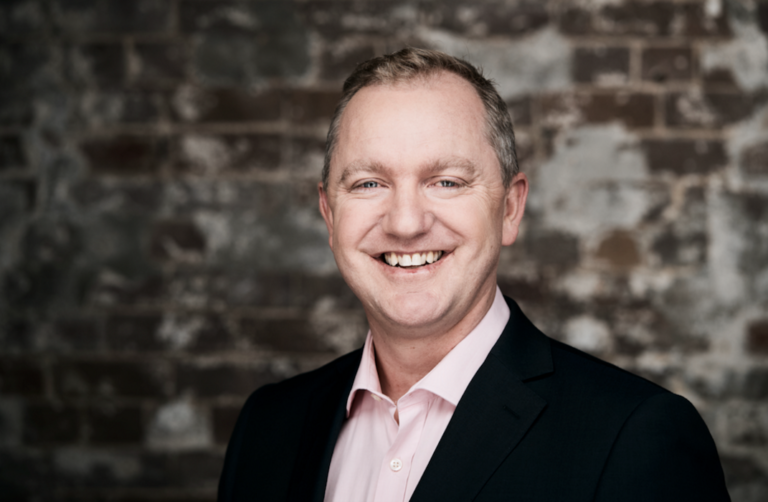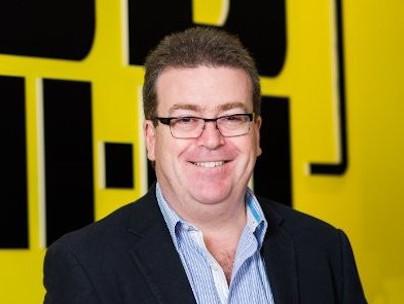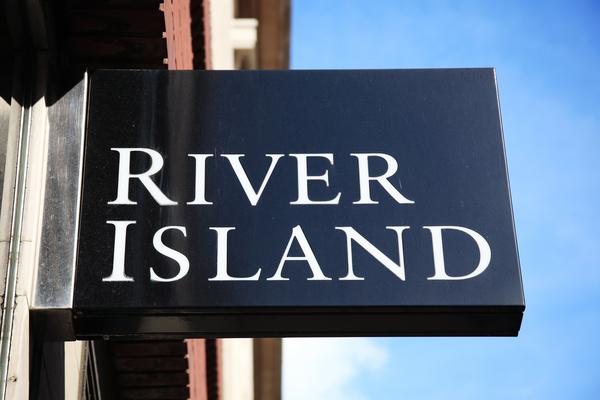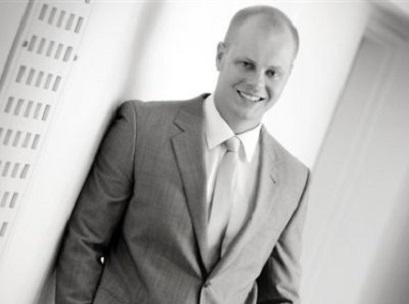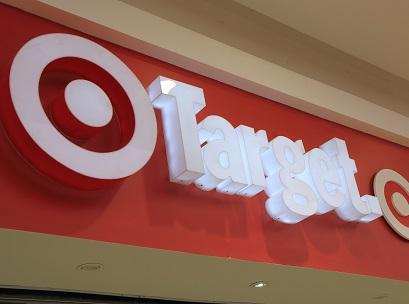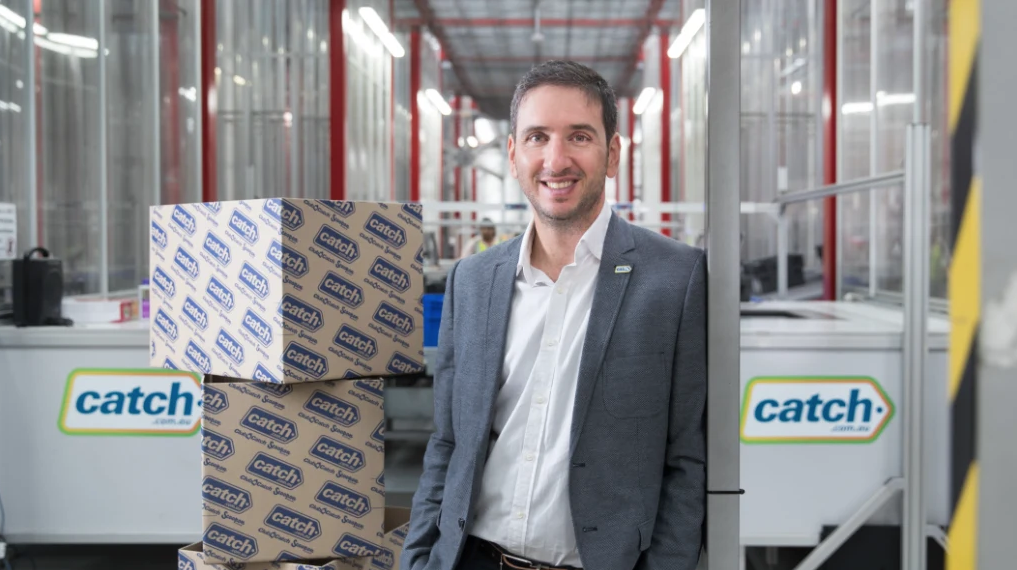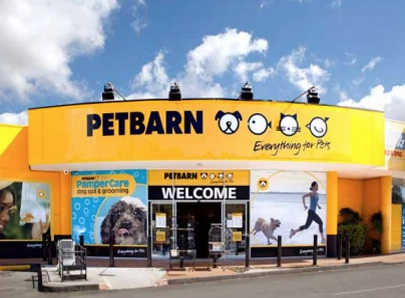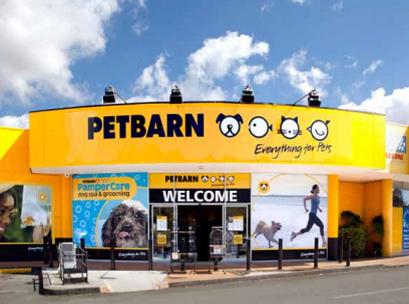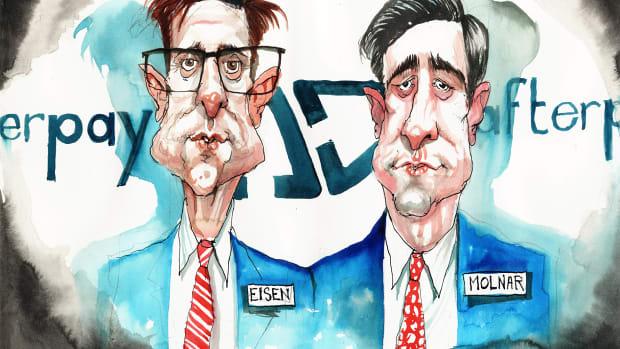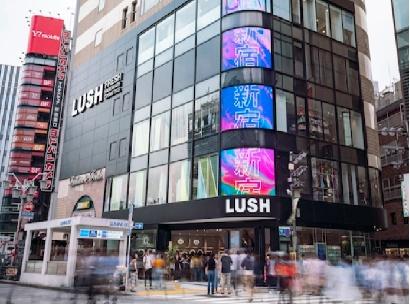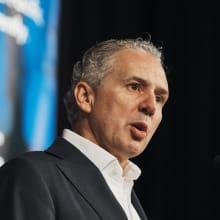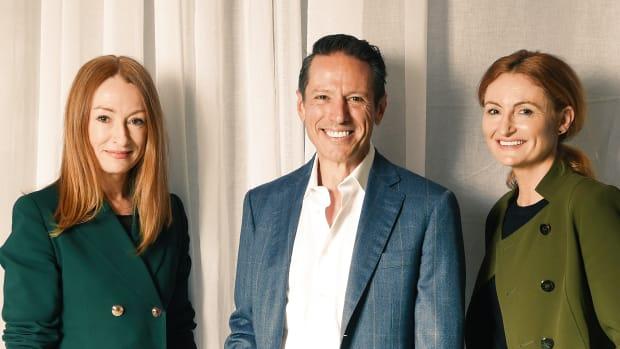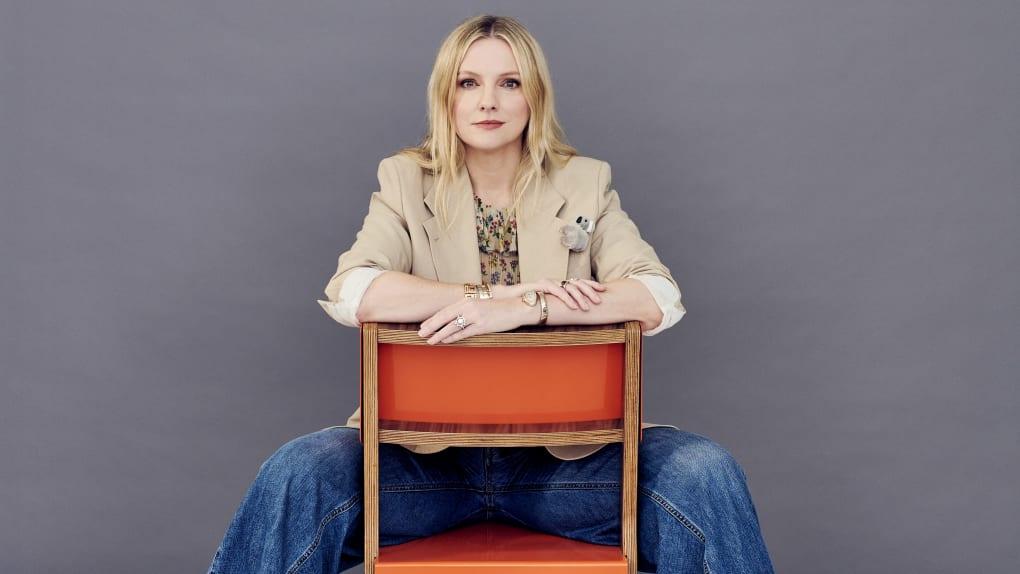
The world of fashion turns on an extremely subjective axis. At its pinnacle is a small group of people who don’t just influence who’s in and who’s out: they decide.
They are the fashion mavens, whose antennae are carefully attuned to taste and desire, and whose knowledge of everything that’s gone before allows them to tell in a glance what’s merely derivative, and what’s genuinely new.
Laura Brown is one of them.
“Are there seven ways to tell if someone’s talented? No. It’s an ease, a confidence,” she says. “It’s someone who has metabolised the business they want to be in and they’re very clear about it.”
The same could be said of Brown herself, who is global editor-in-chief of InStyle Magazine. Australian-born, she is now based in New York, at the epicentre of fashion, an industry in which she is without a doubt the most powerful Antipodean today.
This is the woman who, way back in 2003, wrote a profile of obscure denim brand Colovos; it took the rest of the world 16 years to catch up – in 2019, Colovos won the Woolmark Prize. Brown was a Woolmark judge this year; a measure of just how far she has come. Approximately 16,000 kilometres, actually, from a farm in Camden, south-west of Sydney, to downtown Manhattan, where her office sits in a gleaming building that overlooks the East River.
Much has been said about the rumours of fashion magazines’ death, but for Brown, they are greatly exaggerated. Named editor-in-chief at InStylein 2016, she sits at the helm of a publication with a print readership of 7.3 million and a digital reach of 8.5 million.
She is completely different to what you’d expect of someone in her position. She’s goofy and approachable; she has fun.
— Tyler McCall, Fashionista website
With a single cover, Brown can propel a designer or star to the A-list. She has been an early champion of many a fledgling label that has gone on to huge acclaim, including Brandon Maxwell (Lady Gaga’s former stylist turned red-carpet designer), Pierpaolo Piccioli (now creative director at Valentino) and it-girl label Ganni.
For her first InStyle cover, she dressed Emily Ratajkowski in a custom Off-White tee by her friend Virgil Abloh, six months before he went from streetwear darling to creative director at Louis Vuitton. The tee, with “In” on the front in ’80s typeface and “Style” on the back, was sold on Abloh’s website for $US120. It sold out within days.
Brown, who has been in magazines since she was 19, is a new kind of fashion editor. She is accessible and friendly (she greets everyone at the LUXURY shoot with a hug before apologising: “I’m a hugger, sorry”).
Fashionista website deputy editor Tyler McCall, whose job is to interview big-name editors like Brown, says she is “completely different to what you’d expect of someone in her position. She’s goofy and approachable; she has fun. She’s not in some office, removed from everyone.”
It’s quite rare in fashion to be exactly yourself, all the time. Not Laura. She walks in the room and people want to hang out with her.
— Nicky Zimmermann, designer
On her Instagram feed, Brown hams it up to her 285,000 followers, sipping wine with celebrities not just because they might be on her next cover, but because she genuinely has a rapport and friendship with many of them.
Kellie Hush, former Harper’s BAZAAR editor-in-chief and longtime friend of Brown’s, says that Brown once rang her to ask a favour. “She said, ‘I’ve got this friend coming to Sydney, she doesn’t know anyone. Will you take her out for dinner?’ I said, ‘Sure.’ I get her phone number and it’s Monica Lewinsky.”
Designer Nicky Zimmermann says she believes Brown has been so successful because she’s always been this way. “It’s quite rare in fashion to be exactly yourself, all the time. People come to functions and hide themselves. Not Laura. She walks in the room and people want to hang out with her. She’s very disarming.”
In Brown’s small, unassuming office (for a fashion editor, anyway), there are two photos of Oprah Winfrey, and they (along with a wall of InStyle covers) are some of the only clues to the woman’s enormous power and reach. “You know what’s great about Oprah?” Brown asks in her still-broad Australian accent. “She’s Oprah, obviously, and she’s all those glorious things you imagine. But she’s kind of a really good hang. I’m not saying I would go to Santa Barbara and have drinks with her every day … But we’ll have a drink and she’s very natural in herself. She doesn’t come in with a halo on.”
Maybe. But it also takes a certain kind of person to be the person Oprah’s hanging with: the two photos are proof of that. The first was taken when Brown was executive editor at US Harper’s BAZAAR, the second is of both women holding that first framed photo. It was taken in 2018, when Brown ran Oprah on the cover after her rousing Golden Globes speech that inspired thousands of #Oprah2020 tweets. Oprah told Brown she wasn’t running for office, but that was beside the point: Brown wasn’t afraid to put politics front and centre (and, incidentally, the story resulted in InStyle’s highest monthly digital audience at that point).
In some ways, she hasn’t had a choice. Brown took over the editorship at InStyle in 2016, three months before Donald Trump won the presidential election. The next day, she shouted the office – mainly Millennial women – pizza and cake, and told them to do whatever they needed to do to take care of themselves. Then she got to work. “You have to have a point of view,” she says. “You have to fricking show up and have something to say.”
Fashion has always been political but often fashion magazines have not. Brown is turning that on its head. Joe Biden has appeared in InStyle, and so has civil rights advocate John Lewis and former Planned Parenthood president Cecile Richards.
When Trump announced a ban on transgender people serving in the US military, Brown asked her team to find a “rad transgender woman” serving her country (they did; army captain Jennifer Peace spoke to InStyle about how the US government spends more on erectile dysfunction than trans healthcare).
Brown herself walked in the 2017 Women’s March, and, the weekend after the Christchurch massacre, posted on Instagram that she was heading into the next week with “aggressive kindness”. She invited her followers to join her.
“You just can’t ignore the divisions in this country,” she says. But plenty of fashion glossies do ignore politics and stick to escapism. And when they do dip their toes into political waters, it’s with mixed success. US Voguemade history and headlines when it endorsed Hillary Clinton in 2016 (the first time it had made a public bid for a candidate), but last year it landed in hot water after publishing a story in defence of Harvey Weinstein’s wife, Marchesa designer Georgina Chapman.
I love making things. I can slap down an issue and go, ‘I did that.’ I love having that ownership.”
— Laura Brown, 'InStyle' magazine
“I don’t sit there and go, ‘Eff Trump’ all day,” says Brown. “I don’t think that’s clever. A lighter hand is more powerful than a shaking fist.” What she does, instead, is highlight leaders who she thinks are “badass”. She even put that word on the cover.
“At first I did think, wow, ‘ass’ looks really big on the cover… but how else do you describe these women and what they do?” She shrugs. No advertisers pulled out, and now, “Badass Women” is an annual issue.
Brown’s first memory of fashion, she says in her signature self-deprecating way, spoke to her “delusions of grandeur at an early age”. She was 14 and watching a Woolmark fashion show to celebrate Australia’s bicentenary at the Sydney Opera House.
“It was Karl Lagerfeld and Claude Montana. I fell for it then and there.” It was more than the clothes, she says; it was the entire world that the show represented. “These people, they were the most brilliant, the most creative. I thought, ‘God, that’s what life can be like.’ ”
To this day, she remains enamoured of the physical manifestations of fashion. “I love making things,” she says. “I say to influencers and people floating around taking pictures of themselves: what do you make? What do you produce? I can slap down an issue of InStyle once a month or a story every week and go, ‘I did that.’ I love having that ownership.”
She’s done exactly that for more than 25 years now, cutting her teeth at Australian Family and Harper’s BAZAAR in Sydney, before leaving to try her luck in the US. She arrived on September 4, 2001. It would have been understandable if she came home after September 11, but Brown chose to tough it out in her new home, where she became The Australian’s New York fashion correspondent.
Stints at Tina Brown’s Talk magazine, W and Details followed before she became executive editor at US Harper’s BAZAAR in 2005. There, she developed an ease with the celebrities she featured in the magazine and a knack for distilling the exact moment for that all-important cover shot: the difference between someone buying the magazine or not.
“You can’t force a photo,” she says. “I was on so many shoots where the editor was like, ‘Right, you need to get her wearing this dress and in this pose and doing this kind of smile.’ And you can try to persuade, but at the end of the day you’re working with a human being who’s going to do something or they’re not.”
It sounds overly simple, but identifying that actors, models, singers and designers are human beings is something of a revelation for many fashion magazines, whose profiles and covers can often feel formulaic. “Number one, I don’t shoot a woman for the magazine who I don’t respect. I don’t care if you have a huge following, I don’t care if you’re going to promote it,” she says. (Case in point: in her three years at InStyle, exactly zero Kardashian-Jenners have graced the cover.)
I used to have to chase Jennifer Aniston around all the time because she sold, but digital has changed that.
— Laura Brown, 'InStyle' magazine
Historically, women who are not blonde, thin and beautiful have not sold magazines. But under Brown, InStyle’s covers have become more diverse. She’s featured the likes of Janet Jackson, a 53-year-old woman of colour, and Melissa McCarthy, a plus-size woman. “That idea of the cookie-cutter model on the cover is so old-fashioned,” says Brown. “I really find it so dull. I am so fricking lucky to sit in the same room as Melissa McCarthy.”
Maybe, she says, this is the silver lining of magazines not being as dependent on news-stand sales as they once were. “I used to have to chase Jennifer Aniston around all the time because she sold, but digital has changed that.
“It means that you really have to have a strong sense of identity, as opposed to ‘Here’s a model, here’s the woman with a movie out this month, here’s the one with the Instagram followers.’ We don’t do that, and I think that’s how we’ve survived.”
Brown has not been immune to the changes in the publishing industry. A year after she became editor, InStyle’s owner, Time Inc, was bought out by Meredith, a midwestern company whose publications tended more to families than fashion.
Since the purchase, Meredith has sold off four titles, including Timemagazine. In 2016, Meredith closed InStyle UK’s print edition; 18 months later, its website was shut down, too.
Though it’s in Brown’s best interests to believe in her product, her advocacy for print is real. “Print is your billboard. It is your sense of occasion,” she says. Vogue editor Diana Vreeland’s motto was, “The eye has to travel.” Brown’s is, “The eye gets tired.” Print is the queen, digital is the carriage it rides on.
It should be said, though, that Brown is also adept with video and social media. In fact, her former InStyle publisher Jess Cagle says Brown’s ease with digital storytelling was one of the reasons she was hired.
There is a feeling that someday Brown might be up for the top job in fashion. Anna Wintour, now 69, has been editor-in-chief of US Vogue for more than 30 years, and there are rumours she will soon retire and that Brown – in many ways, the anti-Anna, with her warmth and playfulness – will take over.
It’s testament to her Australian openness that she speaks on the record about this, even with an InStyle publicist in the room. “Look,” she says, “I’m flattered that anybody thinks I’m up to the task of any big job. But the people in charge need to think of the person they really want.
“If a job requires me to not be myself, I wouldn’t take it. I just couldn’t change, even if I wanted to.”
